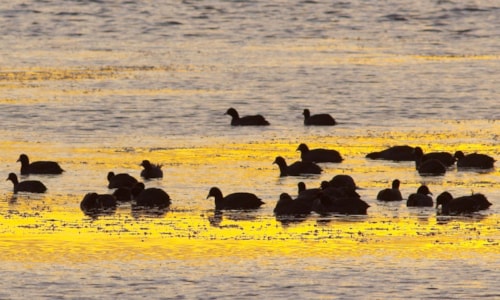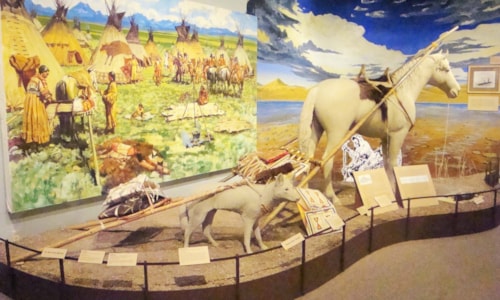Remembering the Mann Gulch Fire
The Mann Gulch Fire
On August 5, 1949, lightning struck 20 miles north of Helena, and tragedy followed. The fire started near the top of a ridge between Mann Gulch and Meriwether Canyon in the Gates of the Mountain Wilderness. Because of the difficult terrain and limited road access to the area, a crew of Smokejumpers, specially trained wildland firefighters, was called in from Missoula. A few short hours later, 15 Smokejumpers were on the ground. At the time of their jump, the fire was estimated at 60 acres. As tragedy struck, this burn would rapidly expand to over 3,000 acres (in only 10 minutes) and burn nearly 5,000 acres before being contained.
The crew moved from the drop point west of the fire toward the bottom of the gulch below the fire to begin fighting (this position would put the Missouri at their backs, allowing for a safe retreat if it came to that). Only 45 minutes later, the foreman saw that the fire had jumped the Gulch and cut off their access to the water and their safety.

It was the perfect storm: a nearly 100 degree day, a steep funnel shaped gulch that would direct the flames, significant amounts of dry vegetation for fuel, and winds of 20-30mph with gusts up to 40mph.
The men abandoned their position and made a beeline for the top of the ridge where they expected the fire to slow, but the wind had picked up and the fire was quickly following suit. Flames reportedly reached nearly 50 feet tall and were traveling at a rate of nearly 50 feet every 10 seconds. The men dropped their packs to get rid of the weight burden holding them back, but even this wasn’t enough. The foreman realized that they would be overrun and quickly lit an escape fire (or backfire), an innovation that had never been tested, and called his men to join him in the burned area hoping that the flames would jump them.
For whatever reason (maybe they didn’t hear him, maybe they were skeptical of an untested technique), the men did not join Wagner (the foreman) in the burn area but continued at full speed toward the ridge. The hot temperatures and steep conditions slowed the firefighters and only two of the men were able to reach the top before being overrun by the fire.
Thirteen lives were lost that day (12 smokejumpers and a local firechief). This fire played a significant role in driving research forward regarding wildfire behavior and firefighting techniques.
The Plane: Miss Montana
Key to this historic drop, was the plane, a C-47 aircraft designated as “Miss Montana.” Today, this plane resides at the Museum of Mountain Flying in Missoula, Montana, but it has a rich history of her own. “Miss Montana” was built in 1944 and was intended to serve in World War II, alas she was not completed by the D-Day invasion of Normandy (which commemorated its 75th anniversary this June).

It was this plane, tail number N24320, that dropped the Smokejumpers into Mann Gulch. After a full career, “Miss Montana” was returned to Missoula to take her place in the museum. “Miss Montana” has not flown for nearly 18 years, yet a significant undertaking and nearly a year of repairs left the historic C-47 with a certificate of airworthiness. (Check out this incredible story on getting Miss Montana ready for flight)
In June of this year, “Miss Montana” finally fulfilled her original mission and flew to Normandy as part of the 75th anniversary tribute. The participation in this event was meant to honor the 57,000 Montana citizens who served in all branches of the military during World War II and their families.
As a nod to the Mann Gulch Fire, the flight path to Normandy made a slight cut to fly over the Gates of the Mountain Wilderness, acknowledging yet another chapter of “Miss Montana’s” history.
Remembering The Tragedy
Now, on the 70th anniversary of this tragedy, we can look back and honor the men who gave their lives to fight this fire and preserve the land we love.

While there are countless resources on the Mann Gulch Fire, a full account can be found in Norman Maclean’s book “Young Men and Fire.” Montana Governor Steve Bullock has ordered flags to half mast across the state to commemorate the 70th anniversary of the tragedy. The US Forest Service has planned a ceremony at the Meriwether Picnic Area near Mann Gulch and includes another flyover of “Miss Montana.”











